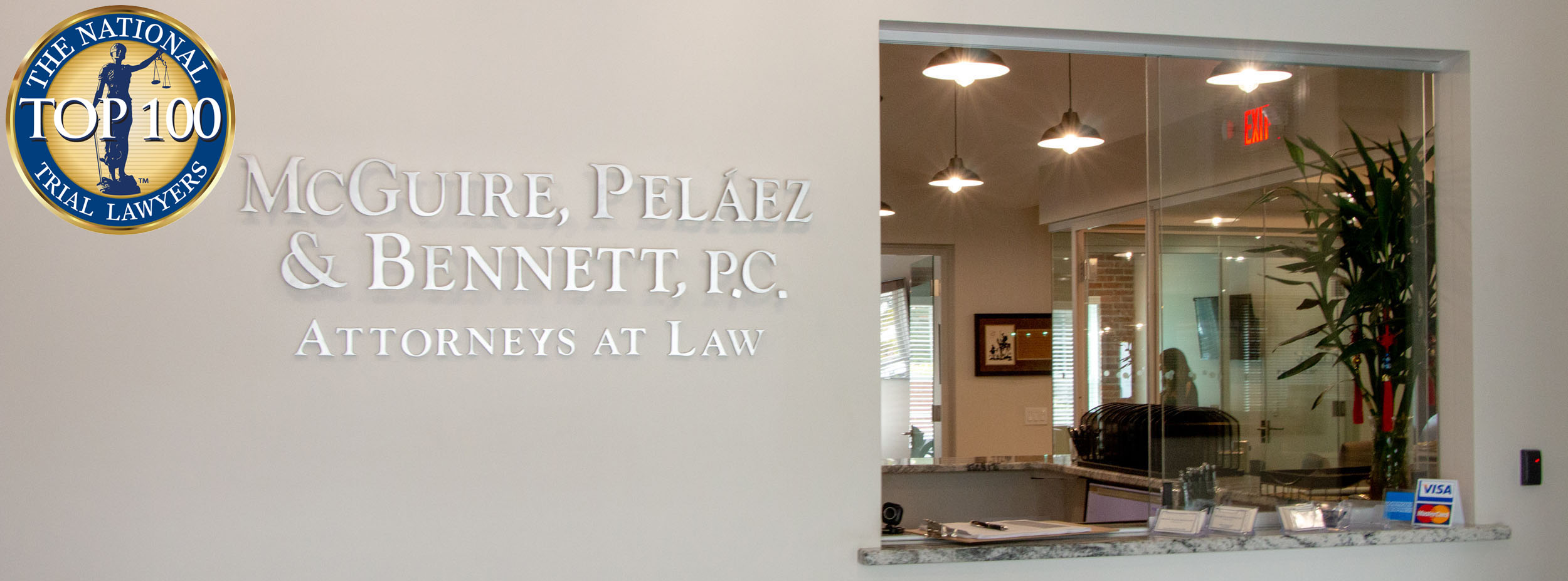The New York County Supreme Court was tasked with deciding if an employer should be liable for damages caused by one of their employees while running a company errand. Justice James d’Auguste in the case of Couillard v. Shaw reviewed the jury’s decision and the doctrine of respondeat superior in deciding to uphold the $12 million verdict.

The incident occurred as the 22-year-old assistant of Women’s Health Professionals, LLP was driving files from one office to another. Witnesses claimed that the assistant was driving very close to the car in front of her when it suddenly stopped. The assistant suddenly veered off the road, running over a 52-year-old worker who was building a handicap access ramp on the sidewalk. The collision occurred at nearly 40 miles per hour, sending the worker nearly 24 feet and breaking bones all over his body. After going through five surgeries, the worker will require a minimum of five more procedures. The court decided that since the assistant created the dangerous situation by following too close to the car in front of her and was liable for the injuries. The court then turned as to whether her employer should also be held liable.
The doctrine of respondeat superior is a common law tort doctrine that makes an employer liable for the actions of an employee, when those actions take place within the scope of their employment. The policy behind the doctrine is to allow plaintiffs a better opportunity to actually recover damages, because the employer likely has enough assets to pay for the damages.
To be successful in a claim, the plaintiff must first prove that the employee is acting as an “agent” for their employer, the “principal.” This usually consists of proving that the employee is authorized to act for the employer, and is entrusted with the employer’s business. Next, the plaintiff must prove that the employee or “agent” is working within their scope of employment. This determination is based on the facts of each case, and generally, courts have ruled that conduct of the employee that bears some relationship to the work will usually be considered within the scope of employment. Courts have considered things such as the description of an employee’s duties, the time, place, and purpose of the employee’s act, and the extent the employee’s actions conformed with what they were hired to do.
In the Couillard case, it was clear that the assistant was acting as an employee or “agent” of the employer. In deciding whether they were acting within the scope of their employment, the court addressed two main points. First, the employee was using the employer’s car when the accident occurred. Secondly, the court found that transferring files was in the course of her employment at that time. In finding the above, the court found that the employer should be held liable for the actions of the assistant. After assessing the award, the court upheld the jury’s decision, and added on additional interest boosting the total to more than $14.5 million.
Victims of serious motor vehicle accidents can suffer devastating physical and emotional injuries. If you have suffered injuries as a result of a motorist’s negligence it is important to consult an experienced personal injury attorney who can advise you of your legal rights and remedies. The New York personal injury attorneys of McGuire & Peláez P.C. have more than 50 years experience handling serious automobile accident matters on behalf of Nassau County and Suffolk County residents. To contact our Long Island motor vehicle accident law firm, call 631-348-1702.




The following is inaccurate: In the Couillard case, it was clear that the assistant was acting as an employee or “agent” of the employer. In deciding whether they were acting within the scope of their employment, the court addressed two main points. First, the employee was using the employer’s car when the accident occurred. Secondly, the court found that transferring files was in the course of her employment at that time. In finding the above, the court found that the employer should be held liable for the actions of the assistant. After assessing the award, the court upheld the jury’s decision, and added on additional interest boosting the total to more than $14.5 million.
I tried this case for plaintiff. The car was the employee’s not the employer’s, FYI. Edmond Chakmakian